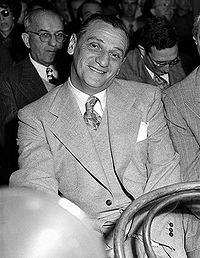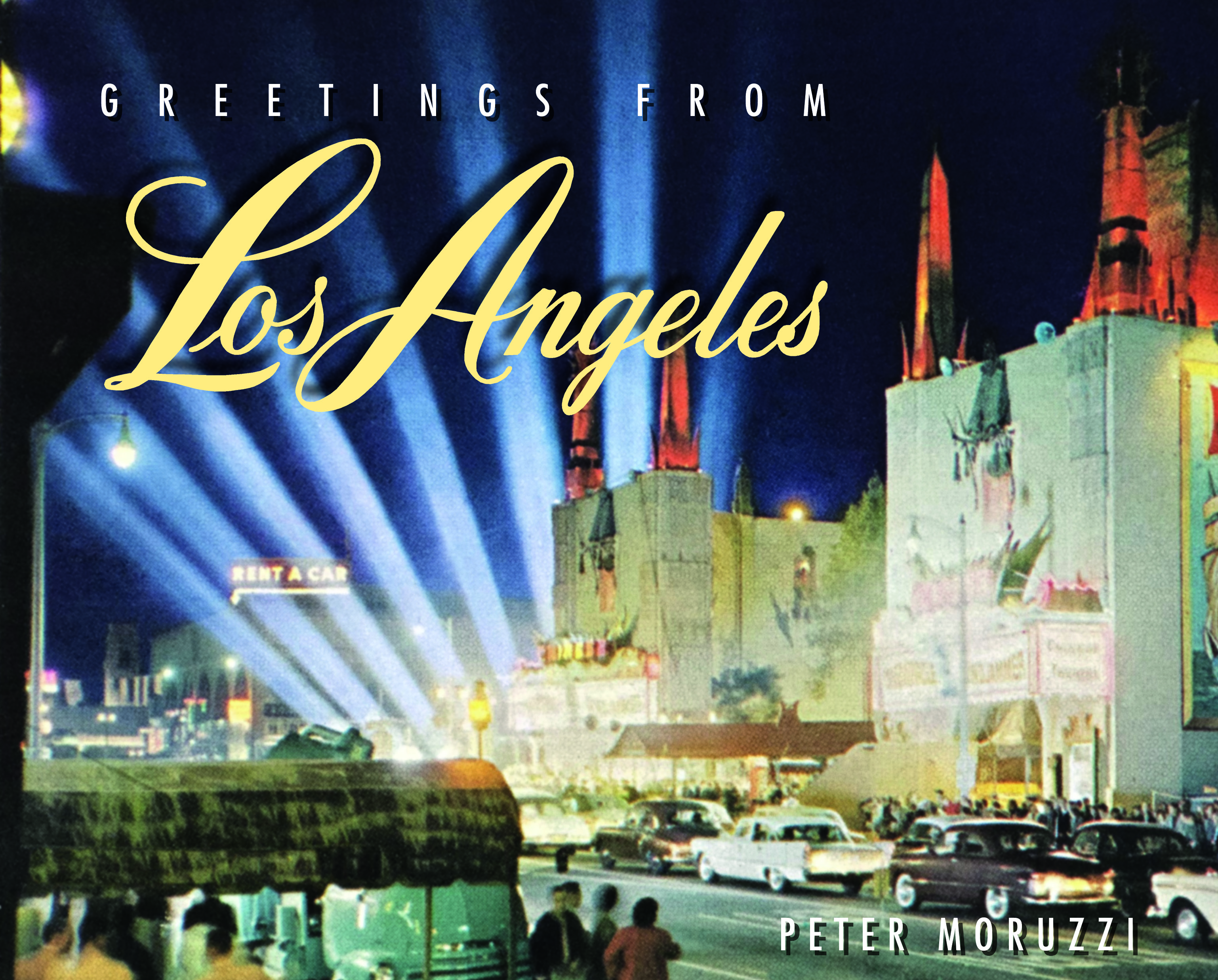Before Castro’s revolution, Havana and Las Vegas were rivals for the title of “Monte Carlo of the Americas.” Cuba was exotic, tropical, wild, and close by. Las Vegas was dry, dusty and remote. In Cuba, the mob invested heavily in fabulous hotel-casinos such as the Nacional, Capri, and Riviera. Yet, some of these same investors were also among Vegas’ biggest boosters – Moe Dalitz, Sam Tucker, and front man Wilbur Clark. In 1958, the Nevada Gaming Control Board forced them to choose, Cuba or Las Vegas, but not both.
Vegas was Isolated and far from east coast (although within six hours from Los Angeles). The great majority of visitors arrived by car in the 1950s. Gambling made Las Vegas and dominated the local economy.

Fremont Street 1940s
In Havana, the Gran Casino Nacional and the Oriental Park horse track were the big gambling spots before the 1950s.

Havana's Gran Casino Nacional
Benjamin “Bugsy” Siegel was sent to Las Vegas to establish the racing wire when he spotted an opportunity to purchase the El Cortez hotel. Siegel convinced Meyer Lansky and a few others to invest in the project. Lansky contributed $60,000, a 10% stake and trusted Ben to handle it. Six months later, in July 1946, Siegel and his partners resold the hotel for a profit of $166,000 – a 27% return on investment.

At Ben Siegel’s urging, this same group, including Lansky, moved on to invest $650,000 for a 66% holding in Hollywood nightclub impresario Billy Wilkerson’s Flamingo Hotel project, which was running out of money.

At the exact same time as the Flamingo opened in December 1946, Lansky was back in Cuba organizing the infamous mafia summit held at the Hotel Nacional that month.


Moe Dalitz
Moe Dalitz is one of the Fathers of Las Vegas. A highly regarded businessman and philanthropist, Dalitz was honored by Las Vegas in his later years for his efforts at promoting the city’s growth in its formative decades.
When casino operator Wilbur Clark ran out of money in the late 1940s and couldn’t complete his Desert Inn, Moe Dalitz led a group of Cleveland-based investors, including Sam Tucker, Thomas McGinty, and Morris Kleinman, in the purchase of the then-incomplete property. When the Desert Inn opened in 1950, Clark had become the front man.

Desert Inn Las Vegas
Meyer Lansky’s respect for Havana’s majestic Hotel Nacional led to his orchestration in 1955 of the government-owned property to be placed under the management of Pan Am subsidiary Intercontinental Hotels Corporation (IHC). 
As part of a multi-million dollar refurbishment, the hotel would inaugurate a new casino to be sublet to a third-party operator—Meyer Lansky and associates. These associates included several old friends from Lansky’s bootlegging days…Moe Dalitz, Sam Tucker, Morris Kleinman, and Wilbur Clark.

International Casino at Hotel Nacional de Cuba
It was left to Wilbur Clark, front man of Las Vegas’ Desert Inn, to provide the prestige needed to attract the high rollers.

To be continued….





The gaming floor at the Gran Casino Nacional is interesting. Roulette appears to be the most popular game with 5 right handed tables and 3 BJ at the far end of the pit. In Las Vegas Roulette was more of a novelty game with 21/BJ as the bread winner. Beautiful room and the sights and sounds on a busy evening must have been something special, apart from the smoke of course 🙂
LikeLike
Roulette apparently was the most popular game at all of the casinos in Havana, from the photos I’ve seen. The Tropicana’s wheels had their signature ballerina spinning at the top.
LikeLike
Always great eye candy from Mr. Moruzzi. Love that first Fremont Street night exterior, what atmosphere! One more thing that must have made Havana attractive to the mob boys must have been that it was outside the reach of the arm of the law in America, and already had a quite corrupt government.
LikeLike
Peter,
Wonderful article on Las Vegas and Cuba, I cant wait for part 2. The graphic references are FABULOUS, I love the poster for the Hotel Nacional De Cuba; I love the bold colors and graphics. The two Cuban dancers definitely represent what a tropical oasis is all about. Muy buen trabajo!
LikeLike